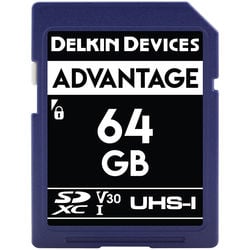A relatively new trend has emerged in the online photography communities over the last few years that involves shooting into the sun or other bright light sources so that the bright light creates star points around it. Also known as sunstars.
The Method
I run across a lot of tutorials and tips of people explaining how to do it. Typical they all say about the same thing, shoot high apertures, anywhere from f16 to f22.
While this does usually work, it’s not always the best practice. I find that shooting at higher apertures on many of our high megapixel cameras has a massive impact on overall image quality due to diffraction. See why you should avoid shooting small apertures.
So what do we do?
One solution is to shoot several images. One for the sunstar, so may be f19, then a more moderate aperture that suits the demands of the scene. For landscape photography I like anywhere from f8 to f11. Then, we can take those two images and blend in the sunstars using Photoshop.
The other solution? Find a different lens.
I’ve noticed different lenses exhibit different sunstar qualities. 7-blade apertures vs 11-blades will give very different results. But, I also notice some lenses will give sunstars at much lower apertures. Even at f4.5.
With this shoot, I used the Voigtlander 15mm f4.5 Heliar III lens. I am able to produce sunstars at f4.5 all the way to f16.
I’m not sure exactly why this particular lens gives sunstars at such low apertures. Maybe it’s something to do with the smaller Leica Mount lenses, or maybe it has to do with the simple design of the lens.
Regardless, it’s a really cool look and it gives images this extra magic I can’t simply produce with my other lenses. It should be fun to explore other Voigtlander and Leica Mount lenses to see if they produce similar results.
Camera Used: Fujifilm X-T1
Lens: Voigtlander 15mm f4.5 Heliar III
ISO 200, f5.6, 1/150
Camera Used: Fujifilm X-T1
Lens: Voigtlander 15mm f4.5 Heliar III
ISO 200, f5.6, 1/150
| **This website contains affiliate links. We will earn a small commission on purchases made through these links. Some of the links used in these articles will direct you to Amazon. As an Amazon Associate, I earn from qualifying purchases. |




